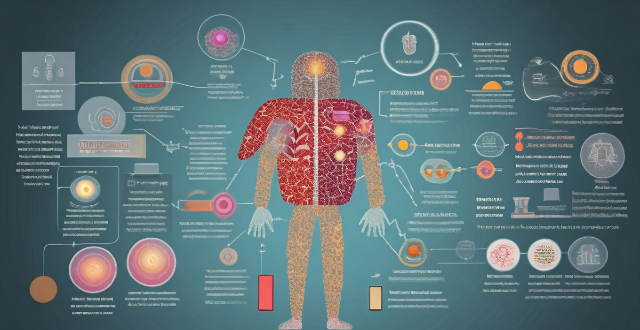Storytelling techniques can make climate science more accessible and engaging by creating emotional connections, simplifying complex ideas, humanizing data, and promoting sharing. Effective strategies include using case studies, visual narratives, characters, analogies, and interactive elements to enhance retention and inspire action. By harnessing the power of storytelling, we can foster a deeper understanding and emotional connection to the urgent issue of climate change.

How Can We Use Storytelling Techniques to Communicate Climate Science More Effectively?
Introduction
Climate science is a complex and often dry subject that can be difficult for the general public to understand. However, by using storytelling techniques, we can make this information more accessible and engaging. In this response, we will explore how storytelling can be used to communicate climate science more effectively.
The Power of Narrative
*Narrative* is a powerful tool for communication because it taps into our natural tendency to process information through stories. People are more likely to remember and engage with information when it is presented in a narrative format. This is especially true for complex subjects like climate science, where data and statistics can be overwhelming.
Emotional Connection
Storytelling allows us to create an emotional connection between the audience and the subject matter. By presenting climate change in terms of its impact on real people, animals, and ecosystems, we can elicit empathy and motivate action.
Simplification of Complex Ideas
Using storytelling techniques, we can simplify complex scientific concepts into relatable scenarios or analogies. This makes it easier for non-experts to grasp the key points without getting lost in technical jargon.
Humanizing the Data
Data and statistics are crucial in understanding climate change, but they can also be alienating. Storytelling humanizes these numbers by showing how they affect individual lives and communities.
Creating a Sense of Urgency
Through storytelling, we can convey the urgency of addressing climate change. By depicting potential future scenarios, we can highlight the consequences of inaction and inspire proactive measures.
Enhancing Retention
Stories are more likely to be remembered than facts alone. By wrapping scientific information in a narrative, we improve the chances that the audience will retain the message over time.
Promoting Sharing
People are more inclined to share stories than raw data or facts. This means that effective storytelling about climate change can lead to a broader dissemination of the information.
Implementation Strategies
1. Use Case Studies: Tell the stories of communities already affected by climate change to illustrate the tangible impacts.
2. Incorporate Visual Narratives: Use images, videos, and graphics to support the story and enhance engagement.
3. Develop Characters: Create fictional or non-fictional characters that represent different aspects of climate change, making the issue more personal and relatable.
4. Employ Analogies: Use familiar situations or objects as analogies to explain complex scientific processes.
5. Engage Emotionally: Appeal to emotions by highlighting the beauty of nature that is at risk due to climate change.
6. Provide Hopeful Outcomes: Show examples of successful mitigation efforts to inspire hope and motivation.
7. Make It Interactive: Involve the audience in the story through interactive elements such as quizzes or simulations.
8. Tell It Continuously: Keep the narrative going by updating stories over time to show progress or setbacks.
9. Involve Audience Members: Encourage audience participation by asking them to share their own experiences related to climate change.
10. Maintain Consistency: Ensure that the story aligns with scientific consensus to maintain credibility.
Conclusion
By employing storytelling techniques, we can transform the way we communicate climate science. These methods not only make the information more accessible but also foster a deeper understanding and emotional connection to the issue. As we face the urgent challenge of climate change, it is imperative that we harness the power of storytelling to engage wider audiences and inspire collective action.